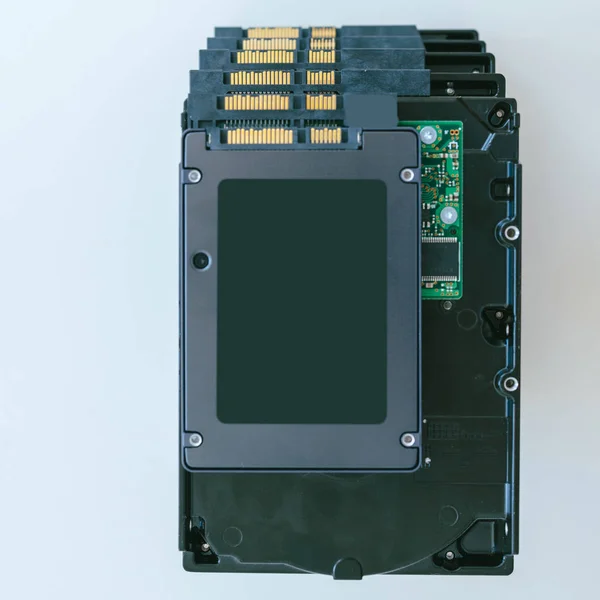

#Fast ssd drive series
To find out which WD Drive series is best for you, check out our posts comparing the WD Drive Series. Please note: Standard HDD types are designed for specific purposes. A drive with faster read/write speeds is recommended for most power users.
#Fast ssd drive Pc
Maximum read/write speed is not essential for menial tasks, and one could get away with using a lower-speed drive for primary PC usage. Of course, an SSD with close to 550 MB/s read/write speed will cost more. The read/write speed you will achieve when using an SSD or HDD will vary depending on the model chosen. These technical differences ensure that HDDs cannot compete with SSDs on speed. SSDs function on flash memory while HDDs write to a physical disk. There is a significant technical difference between SSDs and HDDs. The order of speed goes HDD, SSD, then NVMe with the NVMe m.2 drive being the best choice for speed. An NVME drive is even faster with an effective write speed over 10x that of a hard disk drive. At the same time, an NVMe m.2 SSD can offer speeds exceeding 5000 MB/s.Īs noted above, an SSD can deliver a read/write nearly 5x that of an HDD. On the other hand, a standard SATA SSD will provide a read/write speed of between 200 MB/s to 550 MB/s. Each platter side requires one read/write head to function correctly.Ī typical 7200 RPM HDD will deliver a read/write speed of 80-160MB/s. The component ensures the head is appropriately positioned depending on where the HDD data is stored on the platter. The read/write heads attached to the read/write arm perform drive functions while the arm moves. The read/write arm controls and moves the read/write head. Considering the average HDD revolves at 7,200 RPM, the spindles require robust construction. The spindle keeps platters at a set distance apart from each other. The spindle holds platters in place and simultaneously rotates them. Sectors, tracks, and cylinders organize data on each platter. Platters are from glass, ceramic, or aluminum, and larger capacity drives utilize multiple platters. The platter on a hard disk contains data. The parts include a platter, spindle, and the read/write arm. This article compares and contrasts HDD vs SSD speed, lifespan, and reliability.Ģ.1.3 Recommended NVMe M.2: WD Black SN850X What is a Hard Disk Drive?Ī hard disk drive, or computer HDD, is a legacy magnetic drive with moving parts. This article compares the differences between hard disk drives (HDDs) and solid-state drives (SSDs). While SSDs are great, they are not the best option for every scenario. This significant difference now makes SSD hard drives a viable option for everybody. It is now possible to buy a 1TB SSD hard drive for around $75.


In previous years using SSDs had an astronomical cost.

HDDs are best for data archiving they perform fine for basic tasks such as word processing.Įxcept for the last couple of years, SSDs have been out of the price range of most consumers and business owners. Solid State Drives are better for demanding tasks requiring intense read/write speeds, such as gaming and video editing. Due to their differences, SSD drives have faster read/write rates than hard disk drives, and hard disk drives cost less than SSD drives. HDDs have moving parts while SSDs are essentially advanced flash memory.


 0 kommentar(er)
0 kommentar(er)
